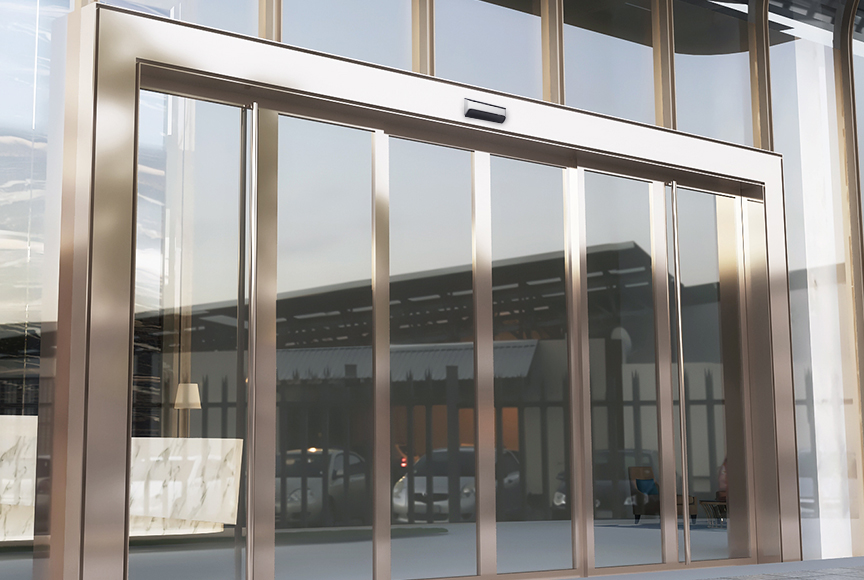What measures can be taken to address false activations or malfunctions in automatic door sensors?
What measures can be taken to address false activations or malfunctions in automatic door sensors?
Automatic door sensors play a crucial role in ensuring the smooth and efficient operation of automated entry systems. However, false activations and malfunctions can occasionally occur, impacting the functionality and reliability of these systems. In this article, we explore measures that can be taken to address and troubleshoot issues related to false activations or malfunctions in automatic door sensors.

1. Clean and Inspect Sensors Regularly:
Dirt, dust, or debris accumulation on sensors can interfere with their proper functioning. Regularly clean the sensors with a soft, lint-free cloth, and inspect them for any physical damage. Ensure that there are no obstacles blocking the sensor's field of view, as this can lead to false activations.
2. Adjust Sensor Alignment:
Misalignment of sensors can trigger false activations. Check the alignment of the sensors to ensure they are facing each other directly and are properly positioned. Make necessary adjustments to correct any misalignment, and secure the sensors in place.
3. Verify Power Supply and Wiring:
Faulty power supply or wiring issues can contribute to sensor malfunctions. Check the power source to ensure a stable and adequate supply. Inspect the wiring for any signs of damage, wear, or loose connections. Repair or replace damaged wiring, and secure all connections.
4. Calibrate Sensor Sensitivity:
Most automatic door sensors allow for sensitivity adjustments. Refer to the manufacturer's instructions to calibrate the sensor sensitivity according to the specific environment and traffic conditions. Fine-tune the settings to minimize false activations without compromising safety.
5. Install Additional Protective Devices:
In areas with high sensitivity requirements or prone to false activations (such as those with intense sunlight), consider installing additional protective devices. Shields or covers can help minimize the impact of external factors on sensor performance.
6. Update Software or Firmware:
For advanced automatic door systems with programmable features, check for available software or firmware updates. Manufacturers may release updates to address known issues, enhance performance, or provide new features. Keep the system up-to-date to benefit from the latest improvements.
7. Consult Manufacturer Support:
If troubleshooting efforts do not resolve the issues, reach out to the manufacturer's customer support. They can provide specific guidance, offer troubleshooting assistance, or recommend professional service if necessary.
8. Professional Inspection and Maintenance:
Periodic professional inspections and maintenance are essential to ensure the long-term reliability of automatic door systems. Certified technicians can conduct thorough assessments, identify potential issues, and perform maintenance tasks to prevent false activations and malfunctions.
Conclusion:
Addressing false activations or malfunctions in automatic door sensors requires a systematic approach, including regular cleaning, alignment checks, power supply verification, sensitivity calibration, protective installations, software updates, and, if needed, professional assistance. By implementing these measures, businesses and property owners can maintain the optimal performance of their automatic door systems, ensuring a seamless and secure entry experience for users.







